As thousands of Silicon Valley employees exited Hewlett-Packard (HP) global operations headquarters to head home for the evening, a crew of 25 roofers–under the glare of temporary spotlights–toiled diligently. They were fastening thousands of 1/2-inch DensDeck Prime coverboards to the 10-year-old insulation system covering the building’s metal deck.
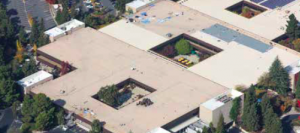
Originally planned to be white, Hewlett-Packard ultimately selected a tan-colored membrane, to reduce glare because two levels of the building have glass-to-ceiling windows that allow visual access to the roof.
“We chose DensDeck Prime because it provides the best support for the new membrane, the existing roof and all the (solar) equipment that will go on top of it,” explains Steve Nash, vice president of Waterproofing Associates, who designed the reroof system in conjunction with Ted Christensen of Independent Roofing Consultants, and selected the materials to make it work. “With all the weight that will be bearing directly on the roof membrane, we need the ultimate roof substrate.”
Installing the massive, electricity-generating system of solar panels was an intricate endeavor, especially because its presence will complicate any repairs to the roof during the solar energy system’s anticipated 25-year life cycle. The building owner called on Nash to create a roof with a life cycle that would mirror the life of the solar panels.
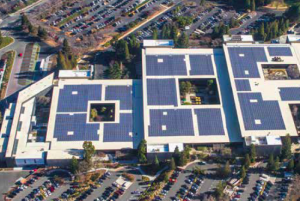
The building owner desired a roof with a life cycle that would mirror the 25-year life span of the solar panels, which cover 85 percent of the roof.
“If the roof were to need repairs, the solar panels would have to be disassembled and out of service until the repairs are finished. And that can’t happen,” Nash adds. “Basically, we have to build a virtually maintenance-free roof.”
Protection—Above and Below
Cost-effective because of its energy efficiency and high levels of dimensional stability, the Sika Sarnafil G410 membrane is frequently installed over an underlayment of DensDeck Prime because its surface treatment provides a stronger bond for adhered membrane applications. Also, DensDeck Prime roof boards’ high pounds per square inch (PSI) compressive strength is an advantage as a durable platform for roofs with heavy equipment, like solar panels, on top.
Adding further complexity to the building’s new roofing system was the fact that the owner chose only to replace the original membrane—from another manufacturer—that had sprung a number of leaks in recent years. Keeping the remainder of the original roof—2 inches of fiberglass insulation, a built-up gravel surface and 1/2 inch of fiberboard—saved considerable time and money, as well as avoided having to send thousands of pounds of materials to landfills.
However, it did require adding the layer of DensDeck Prime to do double duty: carefully protect the layers of the original roof that would remain while forming the foundation for the Sika Sarnafil membrane.
Upon completion of the five-week project, which was conducted only at night and on weekends so the noise wouldn’t interrupt the HP employees during normal work hours, the new roof is aesthetically pleasing. Originally planned to be white, the owners ultimately selected a tan-colored membrane, to reduce glare because two levels of the building have glass-to-ceiling windows that allow visual access to the roof.
Nash notes the new roof’s beauty will only be exceeded by its durability. “With thousands of pounds of solar panels sitting on top of it, the roofing membrane cannot fail. So you get the best materials available to make it last—and that’s exactly what we’ve done.”

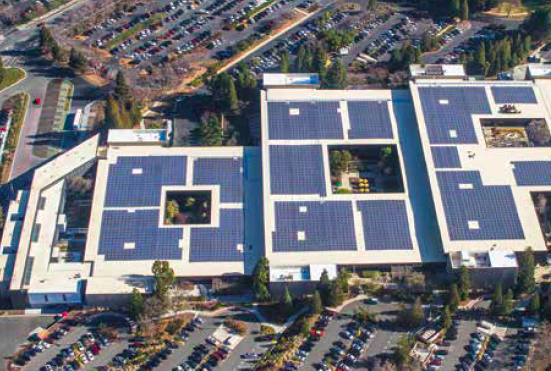

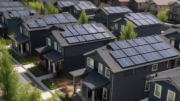
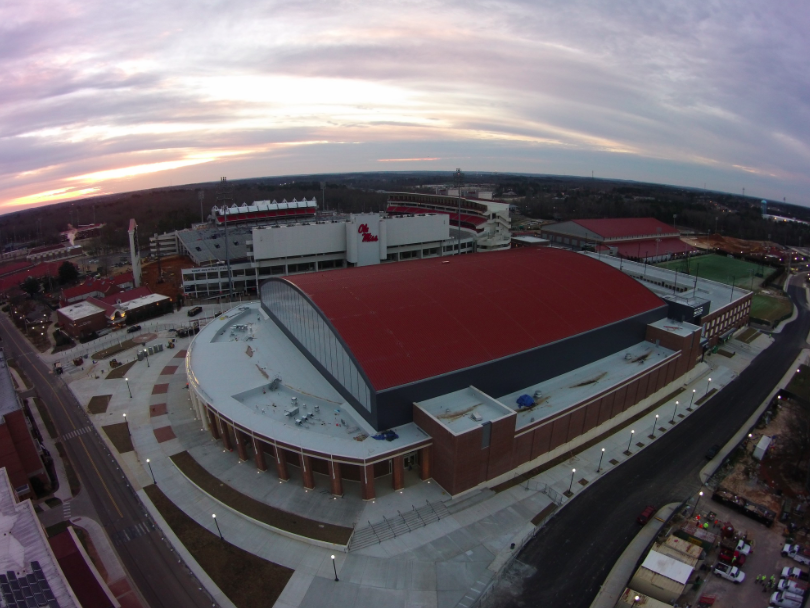
Be the first to comment on "New Roof Must Last as Long as the Solar Panels It Supports"